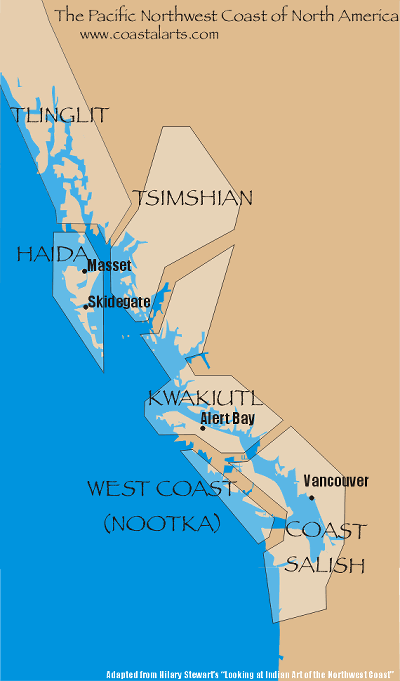

Also described are varieties of the plant or similar species which are also found in the region. The notes also sometimes describe if a plant is toxic, if any parts are edible, how and when it was discovered or first described, the origins of the name and any lore surrounding the plant. Color-coded range maps accompany each plant species and in addition the book lists the ecology, what habitat type each plant is likely to be found.Įach plant also has various notes which often include ethnobotany information about the local tribes and how the plants were used, either for food, medicine or craft.

Boasting over 1,000 each photos and drawings, plants are described in good detail including information about plant structure such as leaf shape and color, fruit types and flowers. Plants of the Pacific Northest Coast: Washington, Oregon, British Columbia & Alaska features nearly 800 plants common to the coast of the Pacific Northwest and is one of my most often referenced plant books. Relieved I wasn’t about to die, and vowing to NEVER eat something in nature before doing my due diligence again, we scurried on to the next plot to catch up with the rest of the class! I don’t think I’ve flipped through a book so fast, looking for the edible information on snowberries, worried I’d just made a stupid mistake, to find out that aboriginals used to eat one or two berries to settle upset stomachs. At first we felt like Charlie and Grandpa Joe sneaking a sample in Willy Wonka’s bubble soda room, until the classmates leading the tour mentioned that they were toxic. I also have a fond memory of frantically flipping to the page on snowberries after a classmate and I snuck a berry while touring plots in the wetland because we’d heard they ferment on the vine. I particularly love the dichotomous key for trees.

I still have my Pojar on my shelf and frequently bring it along on camping trips or out to my “mobile office” at work in the field with WDFW. This is the text I learned to ID wetland and forest plants, in the winter by their buds no less. While I was an undergraduate at the University of Washington, Bothell campus, this was my textbook in a number of nature and field based classes. But this is my go-to guide for PNW plant ID. So much so that the lighthouse had its own post office and one-room schoolhouse! Today the lighthouse is automated, with only two caretakers, who mostly run the B&B at the property.Have I read this cover to cover? No. Back in the day, this was a very busy working lighthouse…with several lightkeepers and their families charged with running the place. At 1.2 million candlepower, it is the most powerful marine light on the Oregon coast. It’s Heceta Head lighthouse, a few miles north of Florence, OR. The Most Photographed Lighthouse in the U.S. It is a protected wildlife area…BUT, you can certainly walk near it and view all of the cool barnacles, crab critters and migrant Puffins that make this gorgeous place their home. During the summer months at low tide, it is possible to walk right up to it…but you can’t. It was formed somewhere in the vicinity of 10-17 million years ago (how about THAT for narrowing things down!) by lava flows emanating from the Grand Ronde Mountains.

At 235 feet tall, it is arguably the most photographed natural object in Oregon. The 3 rd largest intertidal monolith in the world is Haystack Rock, Cannon Beach.


 0 kommentar(er)
0 kommentar(er)
